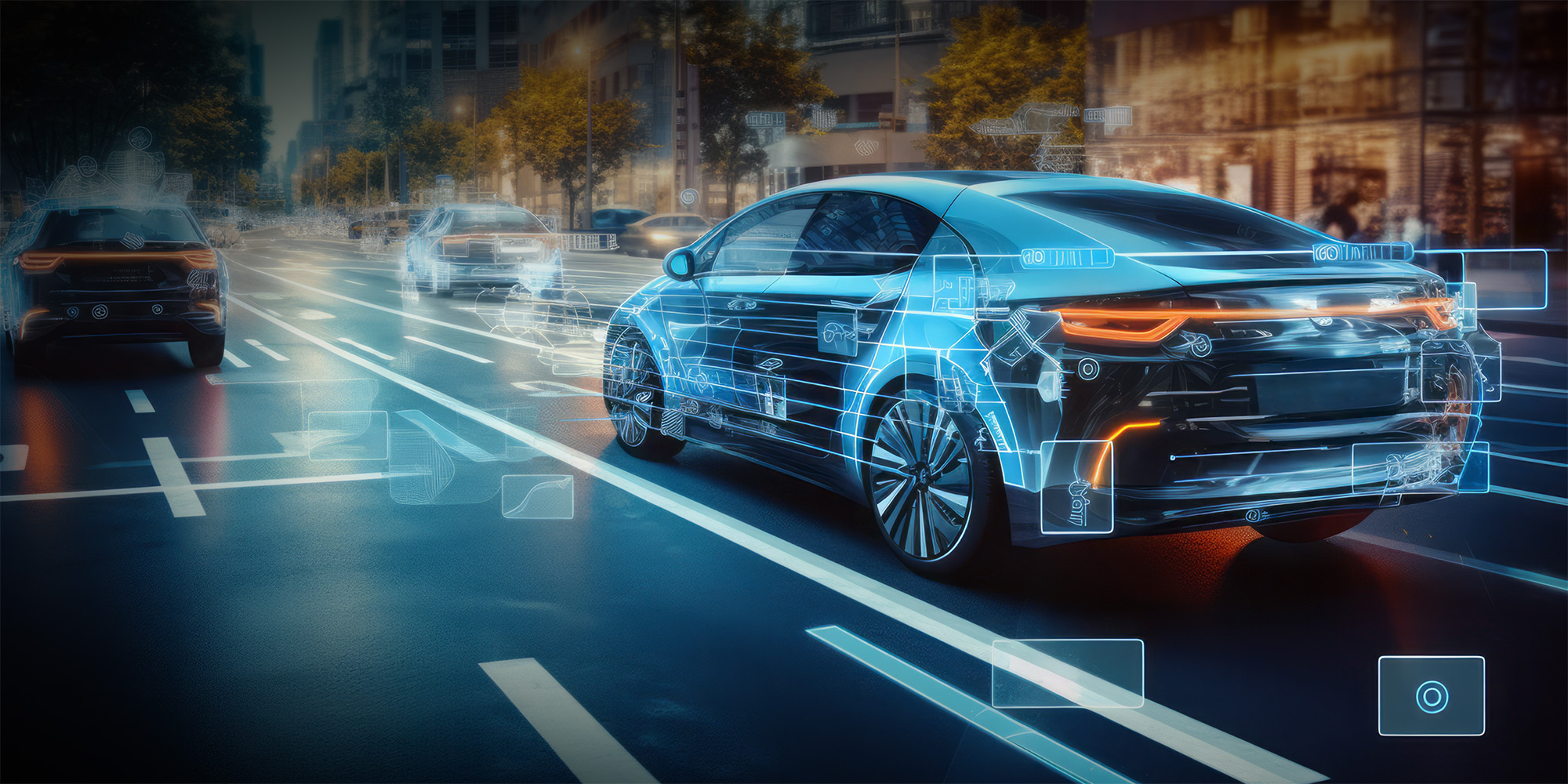
Dorian Derežić - 20/12/2023 | 3 min read
SpaceTime Advanced Driver-Assistance Systems Automotive
Imagine a fog-laden highway where visibility is near zero. In such conditions, the risk of accidents escalates dramatically.

It's scenarios like these where the advanced capabilities of in-car emergency response systems become not just beneficial but potentially life-saving.
As vehicles become more connected and autonomous, the complexity and necessity of in-car emergency response systems have grown exponentially. These systems are no longer just about responding to accidents – they're about predicting and preventing them, requiring a level of data analysis and real-time responsiveness that was previously unattainable.
At the core of SpaceTime lies its ability to synthesize and analyze vast streams of data in real-time. But this isn't just about the processing speed – it's about the depth of analysis.
SpaceTime can discern patterns from a multitude of data points – from sensor feedback to environmental conditions – and help OEMs transform those patterns into actionable insights. This level of analysis is crucial in emergency scenarios where every detail can influence the outcome.
The integration of SpaceTime into OEMs data-analytics ecosystems revolutionizes how emergency responses can be managed. Let's delve into the key enhancements that this technology brings to the forefront.
When a vehicle which sends data through SpaceTime senses a critical impact, it activates a cascade of responses. This can enable OEMs to create systems which can instantly alert emergency services and provide them with precise details about the impact – the vehicle's location, the nature of the accident, and even the likely impact on occupants.
This rapid response can significantly cut down the time it takes for help to arrive.
SpaceTime goes beyond reacting to accidents – its real-time data gathering, analysis and visualization capabilities can be used to anticipate accidents.
By analyzing driving patterns, road conditions, and vehicle behavior, SpaceTime can predict potential hazards. In our foggy highway scenario, SpaceTime might detect slowing traffic patterns ahead, warning the driver of possible collisions and suggesting alternative routes or speed adjustments.
In the crucial moments following an accident, efficient communication with emergency responders is key. SpaceTime can ensure that responders receive comprehensive data about the accident scene.
This information enables them to prepare adequately en route, from medical equipment to extraction tools, based on the specific nature of the incident.

The role of SpaceTime in upgrading emergency response systems signifies a major leap in automotive safety technology. It's a transition from passive safety features to an active, dynamic shield that not only protects, but also predicts and prevents.
As automotive manufacturers integrate SpaceTime into their vehicles, they're not just offering cars; they're providing a sophisticated safety-net, woven with data-driven threads – ready to deploy at a moment's notice.
This commitment to leveraging advanced analytics for safety places these manufacturers at the forefront of a movement – a movement towards a future where road travel is not just a means to an end, but a journey enveloped in the assurance of safety.